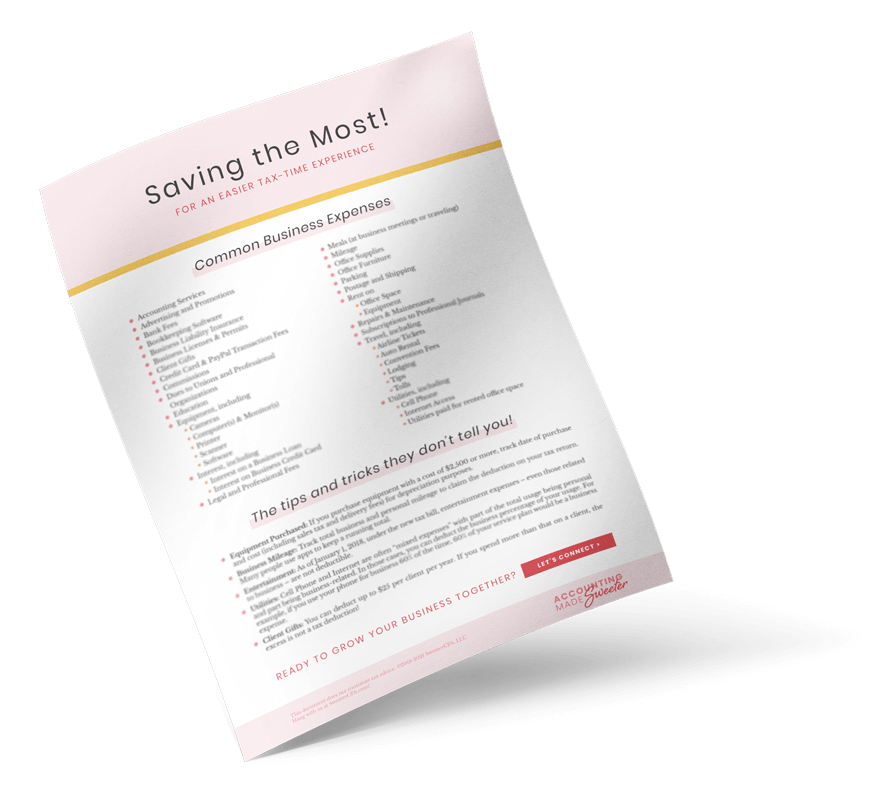Why YOU Should Care:
Including all the necessary information on your invoice will reduce the potential for conflict with clients over amounts due and dates when payments are required. A good system will help you stay organized and track your income as it is earned.
What to Include
Every invoice you send should include the following:
- Your Name, Business Name, Address, and Logo
- Amount Owed
- If the invoice is for multiple items or several hours worked, an itemized invoice showing each of the components that contribute to the total is more useful to the recipient – and makes it less likely they will come back to you with questions about the amount due!
- If sales tax is collected, it should be listed separately from the tangible goods for which it was collected
- Date the Invoice was Issued
- Due Date of Amount Owed
- When payment is accepted and possible penalties if payment is late
- How Payment is Accepted
- Address to mail checks, if needed
- Information to pay with credit card or PayPal
- Payment Terms
- Is the entire amount due when the invoice is received? Within 15 days?
- Is there a discount if payment is made within a certain amount of time (e.g., “2/10 net 30” which indicates that a 2% discount may be taken if payment is made in 10 days or, otherwise, the net is due in 30 days)?
- Invoice Number
- While not required, numbering your invoices will make it easier for you to find them later and clear up confusion when discussing payment with a client with whom you have multiple outstanding invoices
Be sure you always retain a copy of any invoice you send so you can reference it if needed! You may have to send a follow-up invoice if payment is overdue and you won’t want to start again from scratch.



